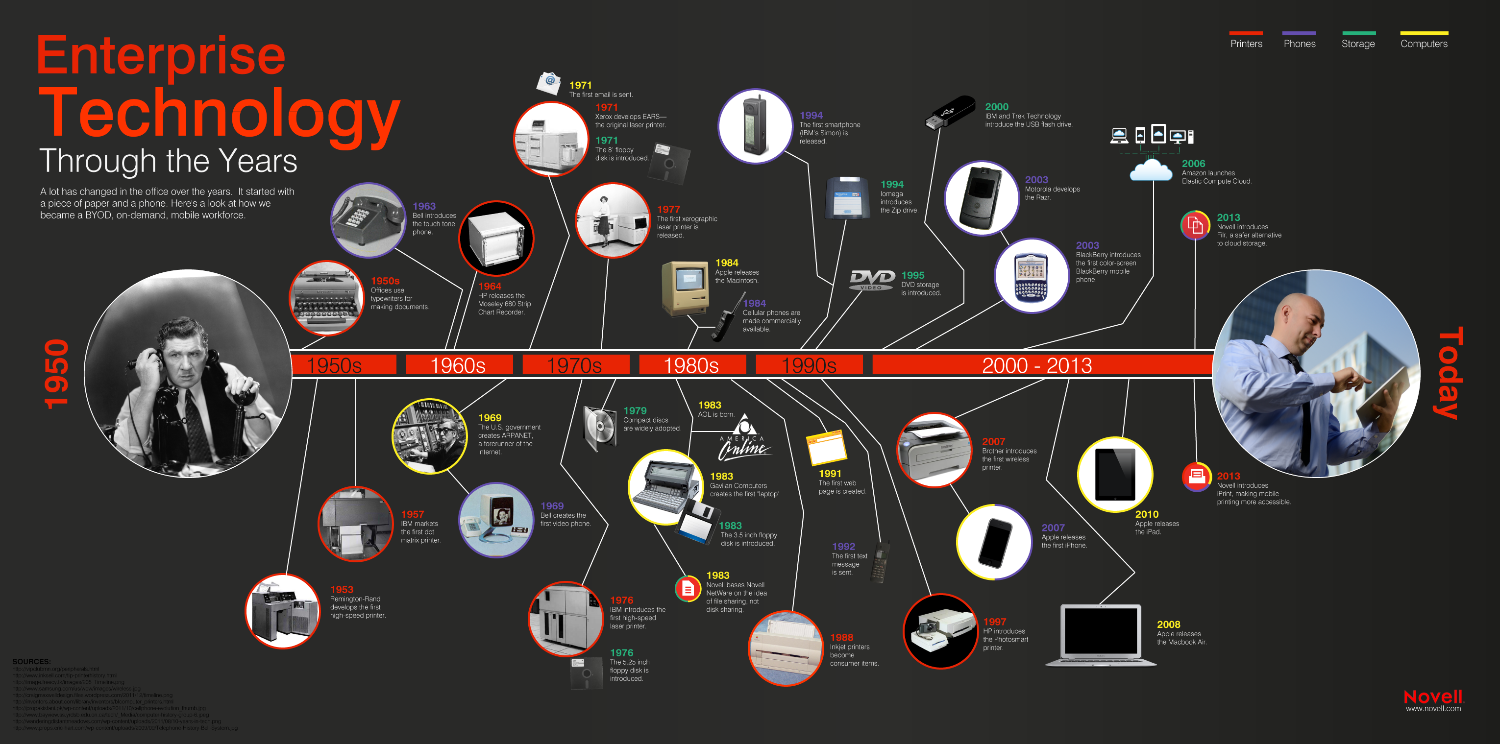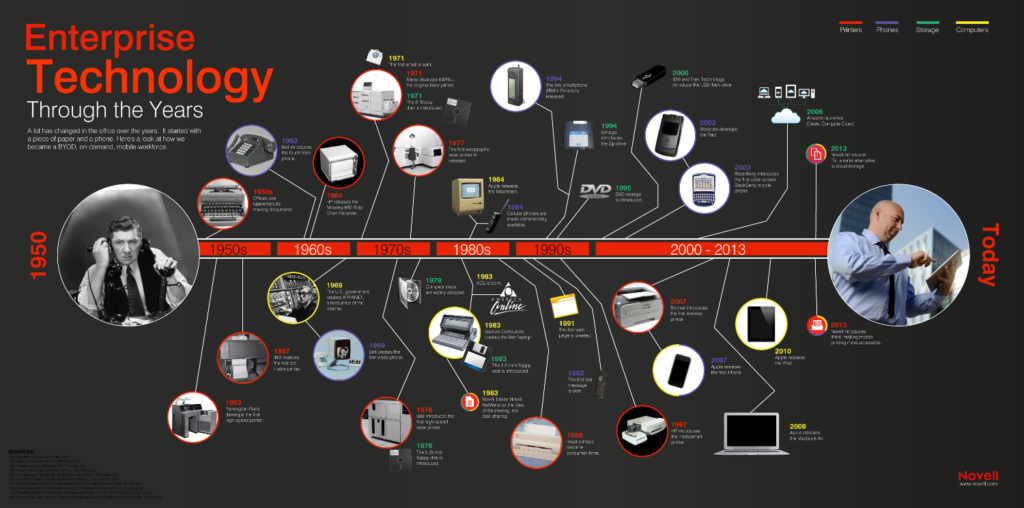
Change can be a scary thing, especially when revenue is on the line. Many hotels do not take advantage of possible technology solutions because they fear the training and implementation processes will take too much time and cost more than the system will end up being worth. However, technology is evolving at an increasingly rapid pace, and hotels are falling behind. Between the commission costs of OTAs and the threat of the sharing economy, can hotels really afford not to invest in new technology right now?
The demands of advancing guest-facing technology also calls for an improvement in back-of-house technology, but this comes with its own set of problems. If back-of-house employees like housekeepers, attendants and maintenance workers are not accustomed to working with these types of applications, or if there is a substantial language barrier, training them to use a new application can prove difficult.
The key to successful implementation of a new technology is to focus more on adoption than deployment. A solution is only as effective as those employing it, but if adequate time and training measures are not taken to ensure that employees not only know but are comfortable using the solution on their own, the application will not be used to its full potential.
If they are using the app, employees should be able to positively answer the questions “Why do we have this application?” and “Does it help my everyday workflow?” Training should not only show HOW to use the app, but demonstrate WHY a new solution is being integrated into the workplace. Is it to streamline communication between teams? Is it to make scheduling easier? Is it to help respond to guest requests more quickly? Whatever the reason for adopting the new technology, employees should be able to immediately answer these questions.
Planning ahead of time for the time and resources that adoption takes will make the process run much more smoothly. Communicate the needs of each team ahead of time to the implementation team, so discrepancies in language and technological skill level can be accounted for and worked around. Establish a point of contact for the application within the hotel who will provide support on-premises and can alert the appropriate people if there is an issue, either within the hotel system or a third-party provider.
Despite the possible challenges, employee-facing applications are not only great for internal hotel organization, but a way to ease employees into adopting new technology, which could prove crucial for future adoption of guest-facing applications.


